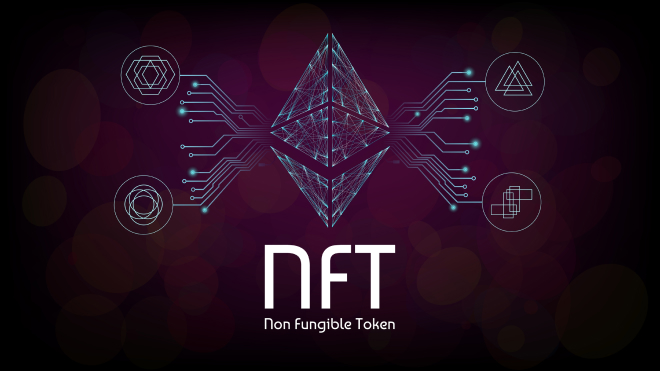
10 Jan NFTs as emerging terrorism financing threat
NFT stands for “non-fungible token.” It is a kind of digital asset that shows possession of a certain thing or asset. NFTs are kept on a blockchain, a distributed ledger that makes it possible to trace transactions securely and openly. Mostly NFTs have gained popularity as a way to authenticate and verify ownership of digital assets, such as artwork, music, videos, while NFTs have also been used to represent ownership of physical assets, such as real estate and collectibles.
One of the main characteristics of NFTs is that they are non-fungible, meaning that they cannot be exchanged for other assets in a one-to-one manner. Each NFT is unique and has a specific value that is not interchangeable with the value of other NFTs. This is in contrast to traditional cryptocurrencies, like Bitcoin, which are interchangeable and can be freely exchanged for other assets on a one-to-one basis.
The NFT market is becoming one of the most rapid growing sectors of the global digital economy, and the NFT market surpassed USD 40 billion in 2021 according to some estimates (A.Versprille, 2022) [1].
While the use of NFTs for illegal purposes is not necessarily inherent to the technology itself, the NFTs could potentially be used for illegal activities, such as money laundering or financing terrorism, due to their decentralized and anonymous nature. The main risk to using NFTs relies to the lack of regulation. The use of NFTs is less regulated as traditional financial assets, which means that there may be a higher risk of fraud or other types of illicit activity.
There are concerns addressed to NFTs, firstly it relates to the common fraudulent practices like falsifying NFTs and defrauding customers.
However, due to their similarities to the art market, NFTs also provide risks related to potential money laundering or terrorism financing. Deals of NFTs characterise payments performed in high-risk jurisdictions, auctions organised off-record, and due to the anonymity, there is lack of information on the parties involved. The unregulated trade of NFTs without intermediaries may contribute to ML/TF asset fundraising, stockpiling, or sanctions evasion.
FIU Latvia research (2022) states that “many cryptocurrency typologies also apply to NFTs, but the non-fungible attributes lend them to new types of application. Self-laundering, wash trading, and smurfing, for example, exemplify novel ML/TF threats unique to NFT marketplaces”[3].
For instance, NFTs’ market allows to perform wash trading (typology in order to manipulate the price of the instrument or to generate false trading volume, which can mislead other market participants and affect the integrity of the market. Since the seller and buyer is the same person, the inaccurate impression of an asset’s value and liquidity is created). With cryptocurrency exchanges aiming to inflate their trading volumes, wash trading has historically been a problem. This is a costly and time-consuming process to identify such schemas of wash trading, allowing for parties to leverage the unprofitable and profitable deals. The obtained assets might be invested in various illegal activities, including the financing the terrorism.
NFT dangers, however, will continue to be important until there is regulatory convergence. Governments have to promote openness among NFT market participants, which could be accomplished by adopting specific recordkeeping and reporting requirements or by implementing KYC (Know Your Customer) standards for NFT marketplaces. While the IT experts in the governmental institutions like security centres and financial intelligence units are looking for the most sufficient tools to identify the payment patterns related to NFTs and link them in the speedy manner with the other information held in the institutions.
P.S. The photo related to this article is “Everydays: The First 5000 Days” created by Beeple and sold for 69.3 million USD at a Christie’s auction in March, 2021 [3].
Author: Ligita Pula, Head of Innovation and IT division of Financial Intelligence Unit of Latvia
Links
[1] Versprille A., (2022). “NFT Market Surpassed $40 Billion in 2021, New Estimate Shows”. Available: https://content.techgig.com/technology-unplugged/nft-market-touched-40-billion-in-2021-new-estimate-shows/articleshow/88773041.cms accessed 22.12.2022.
[2] FIU Latvia, (2022). “Money Launderign, Terrorism and Proliferation financing risks of NFTs” Available: https://fid.gov.lv/uploads/files/2022/AMLIH/FIU_MLTPF%20risks%20of%20NFTs.pdf accessed 22.12.2022.
[3] Gompertz W., (2021). “Everydays: The First 5000 Days – Will Gompertz reviews Beeple’s digital work” Available: https://www.bbc.com/news/entertainment-arts-56368868 22.12.2022.




